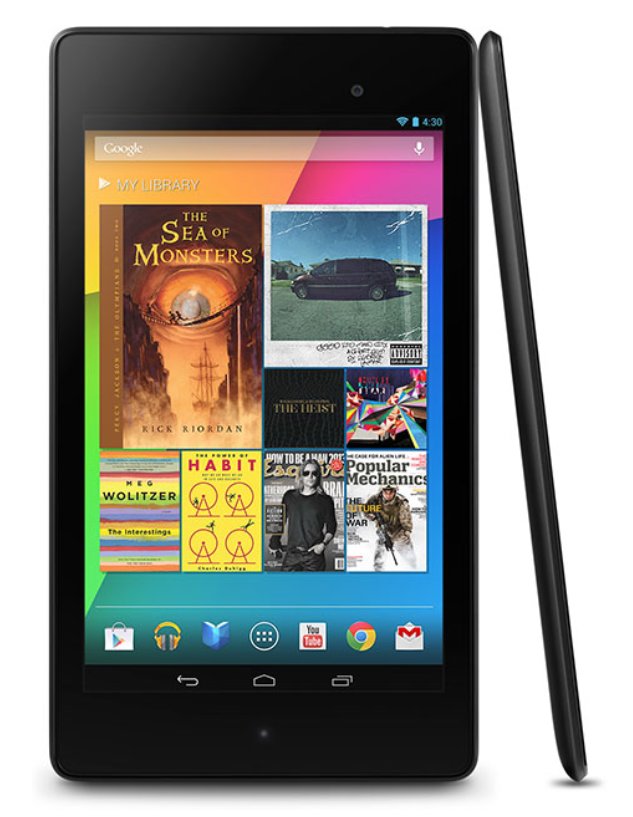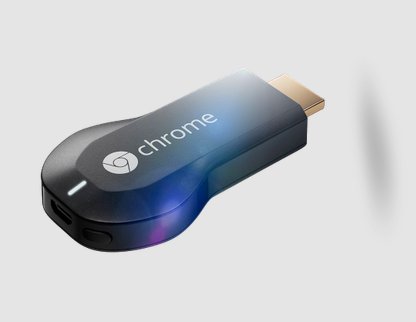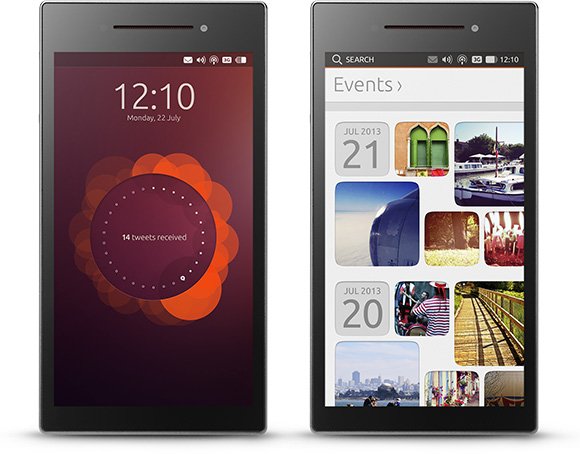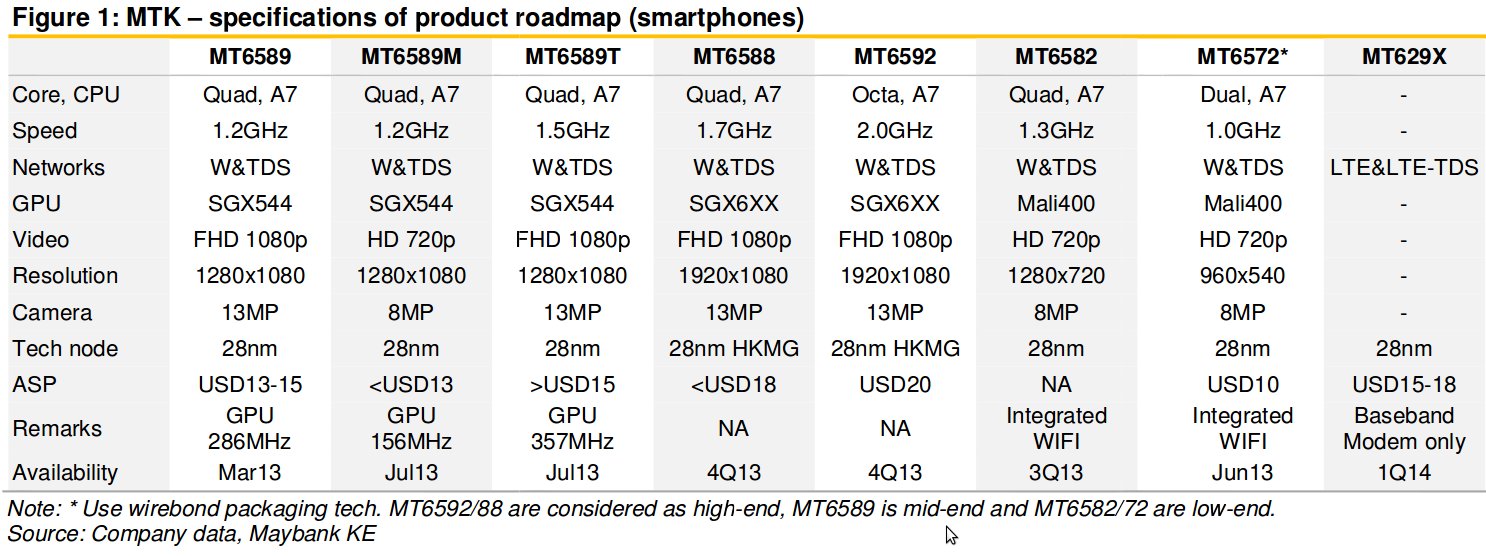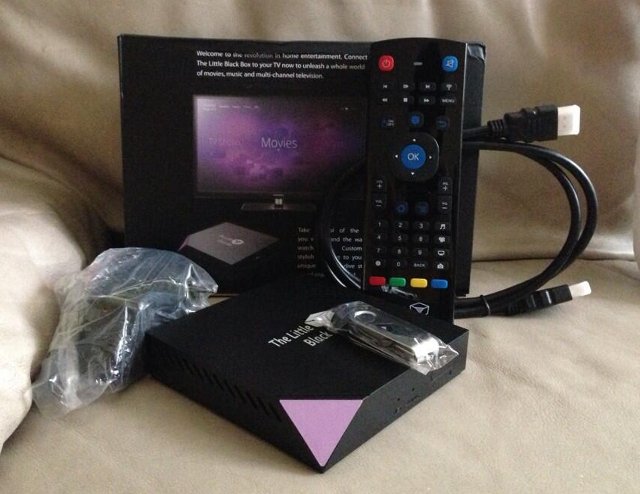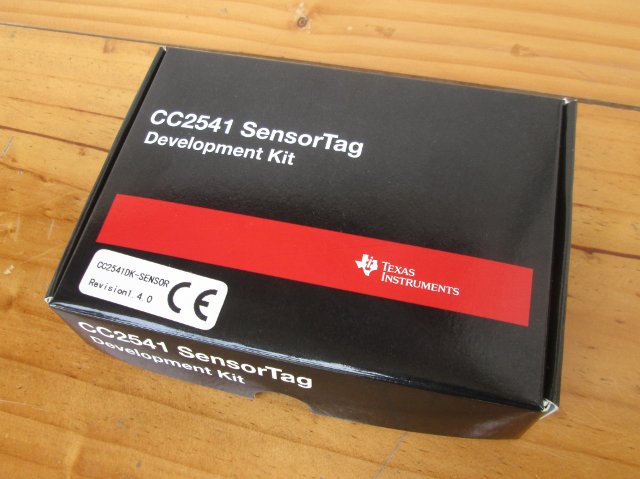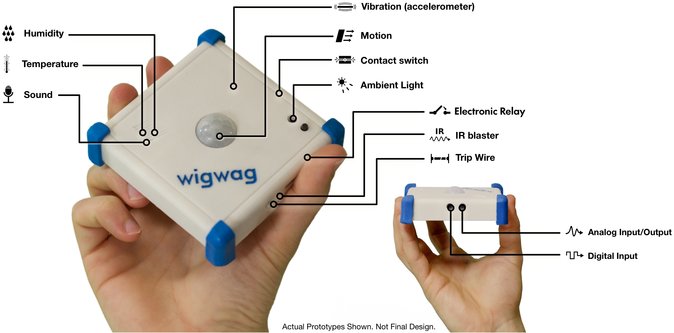Yesterday was a big day for Google with several important announcements, including the Chromecast HDMI TV dongle, an updated version of Nexus 7 tablet, and the release of Android 4.3, still codenamed Jelly Bean. In this post, I’ll start with the hardware, and move to explain what’s new with Android 4.3, and where you can download source and images for your device. New Nexus 7 The new Nexus 7 tablet will run Android 4.3 on the following hardware: SoC – Qualcomm Snapdragon S4 quad-core processor @ 1.5GHz with Adreno 320 GPU @ 400MHz System Memory – 2GB RAM Storage – 16GB to 32GB of storage Display – 7″ IPS display (1920 x 1200) Connectivity – Dual band 802.11a/b/g/n WiFi (2.4G/5G), Bluetooth 4.0, and NFC Camera – 5MP rear camera and 1.2MP front camera Video Output – HDMI output (via SlimPort) Audio – Stereo speakers, 3.5mm headphone jack, microphone USB – […]
Google Unveils $35 Chromecast HDMI TV Stick
For over a year now, we’ve seen many Android HDMI TV Sticks (which I often call mini PCs), a few Linux ones, but Google has just announced its own stick based on a strip down version of Chrome OS. It’s not as versatile as others as it only streams video and music, but it make sharing media easy, and is controlled via your Android or iOS mobile device, or your Windows PC or Mac via Chrome web browser. The connection is just the same as other HDMI dongles. Connect it to the HDMI port of your TV, power it via USB, and setup Wi-Fi. When I first saw the demonstration, I was disappointed as it just seemed like you could do the same thing with a DLNA dongle, but it’s actually quite different. First, Chromekey only works with online services such as YouTube, Netflix, Google Play Movie & TV and […]
$359 Red Pitaya Board Combines an Oscilloscope, a Spectrum Analyser, a Waveform Generator and More
If you need to setup an electronics lab, the cost of equipment such as an oscilloscope, spectrum analyzer, can quickly add up and become expensive. There are already some attempts at low cost measurement devices such as the $35 ExpEyes Junior or pocket size digital storage oscilloscopes (~$200), but those are far from the performance achieved with regular measurement devices. Red Pitaya measurement board brings the performance level and flexibility a bit higher, and stays relatively low cost at $359, with a Linux-based solution based on Xilinx Zynq dual Cortex A9 + FPGA SoC. Hardware Specifications: SoC – Xilinx Zynq Z7010 dual core Cortex A9 CPU + FPGA System Memory – 1GB DDR2 RAM Storage – microSD card slot (For system and FPGA images, and data) Connectivity – 10/100M Ethernet USB – 2x micro USB ports (1 for power, 1 for console), and 1x USB 2.0 Host port Signals: 2x […]
Ubuntu Edge Smartphone PC Hits Indiegogo
Canonical has announced Ubuntu for Phones and Ubuntu for Tablets at the beginning of the year, with the goal of bringing Ubuntu operating system to mobile devices, and transform high-end devices into the new PC when they are connected to an HDMI display. It turns out mobile phone manufacturers may not be ready to take the risk launching a completely new high-end platform to the market, so Canonical decided to leverage the power of crowdfunding but launching an Indiegogo campaign for Ubuntu Edge, a smartphone with hardware specs like no others, capable of running both Android and Ubuntu, and fully replacing your PC when docked. Ubuntu Edge Preliminary/Targeted Specifications: SoC – “Fastest Multicore Processor Available” System Memory – At least 4 GB RAM Storage – 128 GB flash Display – 4.5″ display with the best balance of resolution (720p), dynamic range and color accuracy, covered with sapphire crystal glass (Unscratchable, […]
Mediatek Smartphone and Tablet SoC Product Line (Mess) Explained
This week-end, I have been tipped about a $91 Mediatek MT8317 based 7″ Phablet, but I really did not know what to think about it as Mediatek seems to have so many SoCs, and really felt lazy trying to dig information about this. Yet, in the back of my head, I had decided to eventually make a post trying to clarifying Mediatek SoCs. This morning, I felt relieved not to have to spend hours investigating, as AndroidPC.es found an analyst paper doing just that, at least for recent and upcoming Mediatek processors. Mediatek Smartphone SoCs Roadmap MT6589 is certainly the most common SoC for cheap quad core smartphones, and starting this month, it will be available in MT6589M and MT6589T versions, the former with a weak video processing unit (VPU) and ISP, and GPU frequency, and the latter with higher GPU and CPU frequencies. Contrary to the table below, MT6589 […]
The Little Black Box XBMC STB Gets Users’ Feedback, Becomes Available on Amazon
The Little Black Black Box (TLBB) is an set-top box running XBMC powered by AMLogic AML8726-M3 with 1GB RAM, 4GB Flash that comes with a dual sided RF remote control. The device became available for pre-order in April, and the first customers have started to receive the media player, one of them (flipfoelyfe) has uploaded a video, and posted some pictures. After initial issues setting up Wi-Fi (A bug seems to prevent the use of long passwords), his tweets about the device are rather positive, and he uploaded a short video demo showing Sports-a-Holic plugin playing a live NBA match, and a ESPN Boxing program. Whereas you had to pre-order and be patient for the first batch, LTBB is now available on Amazon for $129.99. Considering it also includes a dual sided RF remote control with a QWERTY keyboard, this single core set-top box is about the same price, or […]
Texas Instruments SensorTag Unboxing, Getting Started with Bluetooth Low Energy in Linux (with a Raspberry Pi)
Texas Instruments CC2541 SensorTag is a Bluetooth Low Energy (BLE) development kit with 6 sensors (IR temperature, humidity, pressure, accelerometer, gyroscope, magnetometer) mainly destined at mobile application developers for iOS, and soon, Android 4.3. I’m interested in BLE, as I expect most new phones with come with BT 4.0 BLE (aka Bluetooth SMART), and this technology may help bring the Internet of things to life, allowing us to interact with sensors, smart appliance (e.g. light switch)… Since it just costs $25 (including international shipping), I decided to buy it, and give it a try. Today, I’ll show some unboxing pictures, and how to communicate with the kit using the Linux command line. TI SensorTag Unboxing I ordered it at the end of May, and receive it by Fedex on the 18th of July, about 7 weeks later, in the package below. Inside we’ve got a Quick Start Guide for iOS […]
WigWag Simplifies Home Automation, Provides Raspberry Pi and Arduino Shields
WigWag is an home automation kit aiming at simplifying home automation, yet allowing developers to roll their own system via Arduino and Raspberry Pi Shields. Wigwag is currently composed of three devices: WigWag Sensor Block – Universal sensor device with 8 environmental sensors (light, detect motion, sound, temperature, humidity, movement…), 4 control features (relay, IR blaster…), and 2 expansion ports. It can be powered by 4x AA batteries (possibly for up to 1 year), or a USB power adapter. This device runs Contiki OS on Freescale MC1322 MCU (with built-in 6LoWPAN radio). WigWag Relay – Connects WigWag and third party devices to their cloud service, allowing interaction with Internet services, such as email, Dropbox and Twitter. It acts a bit like a central server managing all your WigWag Sensor Blocks or other connected devices such as Phillips Hue light bulbs or Belkin WeMo outlets in your house. IP networks (Wi-Fi & Ethernet) […]


